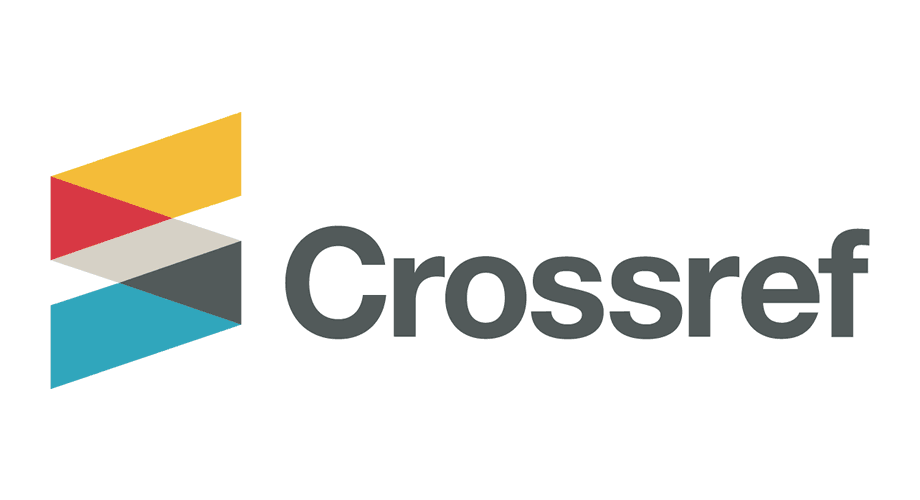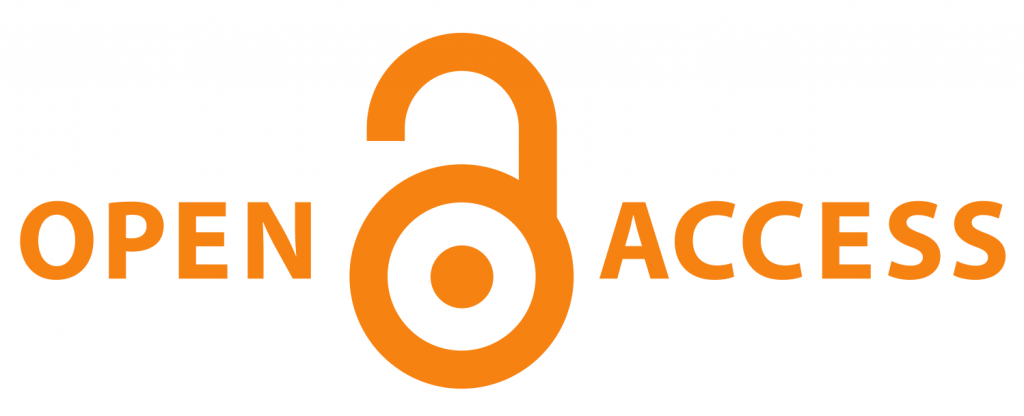Ayurveda and Nanotechnology - A Synergistic Approach to Enhance Therapeutic Efficacy
DOI:
https://doi.org/10.21760/jaims.10.8.26Keywords:
Nanoscience in Ayurveda, Nanotechnology, Herbal drug delivery, Bioavailability enhancement, Ayurvedic Dravyas Nano formulations, Nanocarriers, Targeted drug delivery, Herbal nanomedicineAbstract
Medicine, materials science, and biotechnology are just a few of the fields that have been transformed by nanotechnology, the research and engineering of materials at the nanoscale (usually 1–100 nanometers). Materials of this scale have distinct physical, chemical, and biological characteristics that set them apart from their bulk counterparts, enabling improved accuracy and functioning. New avenues for therapeutic innovation have recently been made possible by the combination of nanotechnology and conventional medicinal systems like Ayurveda. This has the potential to significantly improve the targeted distribution, bioavailability, and effectiveness of Ayurvedic medicines. Nanoparticles are a necessary component of traditional Ayurvedic procedures, such as making of Bhasmas (metallic or mineral ash), suggesting a long-standing, albeit unrecorded, use of nanoscale materials. The integration of nanotechnology not only strengthens the therapeutic value of Ayurveda but also bridges the gap between traditional knowledge and modern medicine. Applications include nano-carriers for herbal extracts, nano-emulsions, and lipid-based nanoparticles to deliver active phytoconstituents more efficiently. However, comprehensive toxicological studies, standardization protocols, and regulatory frameworks are essential to ensure safety and efficacy. This article examines how Ayurveda and nanotechnology intersect, stressing recent developments, difficulties, and opportunities in this nascent multidisciplinary field.
Downloads
References
Chauhan YS, Chahar DS, Lal R, Sharma S. Role of nanotechnology in Ayurvedic drug development. WJPMR. 2024;10(4):120–2.
Kumar S. The role of nanotechnology in Ayurvedic medicine. Mahoushadhi. 2019.
Valikarimwala M, Gadale S, Waghmode S, Gadale S. Applications of nanotechnology in Ayurveda: A review. 2021;8:163–9. doi:10.5281/zenodo.5118448
Dhayafule SK, Zanzat NP, Gupta SL. Nanotechnology in Ayurveda in relation to Rasashastra. World J Pharm Res. 2022;11(1):1737–48.
Desai NM. Nanotechnology-based drug delivery systems of herbal medicine. Biomat Commun. 2024;2:Article ID 2024.0009. doi:10.69709/BIOMATC.2024.101090
Nazeer A, Ahmad F, Ahmad S. Integration of nanotechnology in Indian traditional medicines: Current status and future trend. WJPMR. 2025;11(3):56–73.
Bamoriya H, Singh R, Chandil S. Concept of nanotechnology in Ayurveda w.s.r. to Rasa Aushadhies. World J Pharm Res. 2020;9(13):910–24.
Arun AV, Balasaheb PN, Babasaheb JV, Kailas JD, Adinath KR, Dadasaheb ND. Artificial intelligence and challenges in Ayurveda pharmaceutics: A review. Res J Sci Technol. 2024;16(3):237–44. doi:10.52711/2349-2988.2024.00034
Yao Y, Xu Z, Ding H, et al. Carrier-free nanoparticles—new strategy of improving druggability of natural products. J Nanobiotechnol. 2025;23:108.
Thipe VC, Hall N, Pandurangi A, et al. Nano-Ayurvedic medicine approaches using Ginkgo biloba-phytochemicals functionalized gold nanoparticles against breast cancer. Nanotechnol Sci Appl. 2024;17:189–210. doi:10.2147/NSA.S478533. PMID: 39346127; PMCID: PMC11430862
Singh S, Tripathi JS, Rai NP. An appraisal of the bioavailability enhancers in Ayurveda in the light of recent pharmacological advances. Ayu. 2016;37(1):3–10. doi:10.4103/ayu.AYU_11_15. PMID: 28827948; PMCID: PMC5541464
Nair H, Mashru M, Raghuveer, Priya L. Review on the importance of Bhavana and its significance in Ayurvedic formulations. Int J Appl Ayurved Res. 2019;3(11):1653–62.
Yadav KD, Chaudhary AK, Verma AK. Bioavailability enhancement of partially water-soluble solid medicament in traditional system of medicine. Indian J Pharm Sci. 2017;79(5):667–73.
Pagar SA, Suryawanshi HK. Nanotechnology—finding proofs for its ancient origin. Asian J Res Pharm Sci. 2021;11(1):65–70. doi:10.5958/2231-5659.2021.00011.4
Danga SK, Chaudhary PS. Nanotechnology—revolutionary phase in prospective of Ayurvedic medicine. J Ayurveda Integr Med Sci. 2020;1:187–90.
Nunn M. Health benefits of 12 Ayurvedic herbs [Internet]. Verywell Health; [cited 2025 Aug 15]. Available from: https://www.verywellhealth.com/popular-ayurvedic-herbs-88822
Gokarn SR, Gokarn R. Problems faced in Ayurvedic drug research. J Indian Sys Med. 2014;2(2):100–3.
Singh S, Tripathi JS, Rai NP. An appraisal of the bioavailability enhancers in Ayurveda in the light of recent pharmacological advances. Ayu. 2016;37(1):3–10. doi:10.4103/ayu.AYU_11_15
Abraham B, Shakeela H, Devendra LP, et al. Lignin nanoparticles from Ayurvedic industry spent materials: Applications in Pickering emulsions for curcumin and vitamin D3 encapsulation. Food Chem. 2024;458:140284.
Mamgain A, Kenwat R, Paliwal R. Biopolymer zein nanoparticles loaded with Moringa oleifera extract for improved wound healing activity: Development, QbD-based optimization and in vivo study. Int J Biol Macromol. 2024;263:130314.
Varghese RM, Kumar A, Shanmugam R. Comparative anti-inflammatory activity of silver and zinc oxide nanoparticles synthesized using Ocimum tenuiflorum and Ocimum gratissimum herbal formulations. Cureus. 2024;16(1).
Liu J, Liu G, Li J, et al. Green formulation of iron nanoparticles by plant extract induces apoptosis via P53 and STAT3 signaling pathways in prostate cancer cells. Inorg Chem Commun. 2024;162:112164.
Shereen MA, Ahmad A, Khan H, et al. Plant extract preparation and green synthesis of silver nanoparticles using Swertia chirata: Characterization and antimicrobial activity against selected human pathogens. Heliyon. 2024;10(6).
Chittasupho C, Umsumarng S, Srisawad K, et al. Inhibition of SARS-CoV-2-induced NLRP3 inflammasome-mediated lung cell inflammation by Triphala-loaded nanoparticle targeting spike glycoprotein S1. Pharmaceutics. 2024;16(6):751.
Chaturvedi P, Sharma P. Formulation and in vitro evaluation of Holoptelea integrifolia Planch. extract loaded solid lipid nanoparticles. Lett Appl NanoBioSci. 2024;13(2):88. doi:10.33263/LIANBS132.088
Gauttam VK, Kalia AN. Development of polyherbal antidiabetic formulation encapsulated in the phospholipids vesicle system. J Adv Pharm Technol Res. 2013;4(2):108–17.
Gouda RA, Hassan AG, Mahmoud YK, Ibrahim IA. Moringa oleifera ameliorates cardiotoxicity and improves antioxidants in breast cancer-induced rats treated with doxorubicin: A preliminary study. J Adv Vet Res. 2023;13(10):1982–8.














